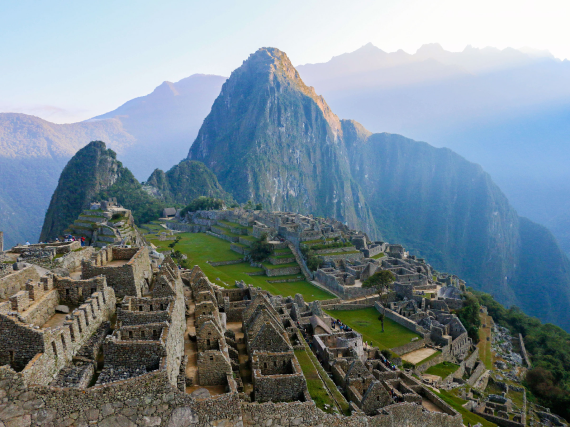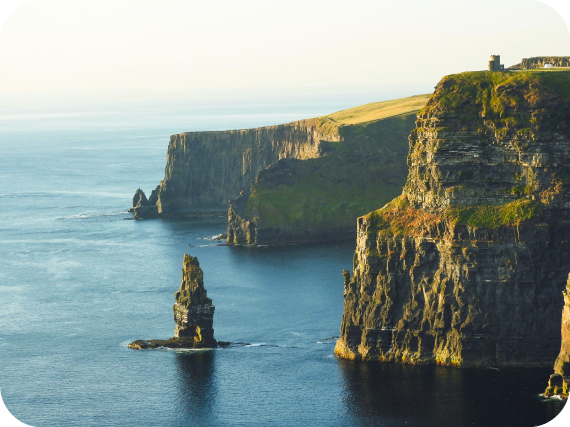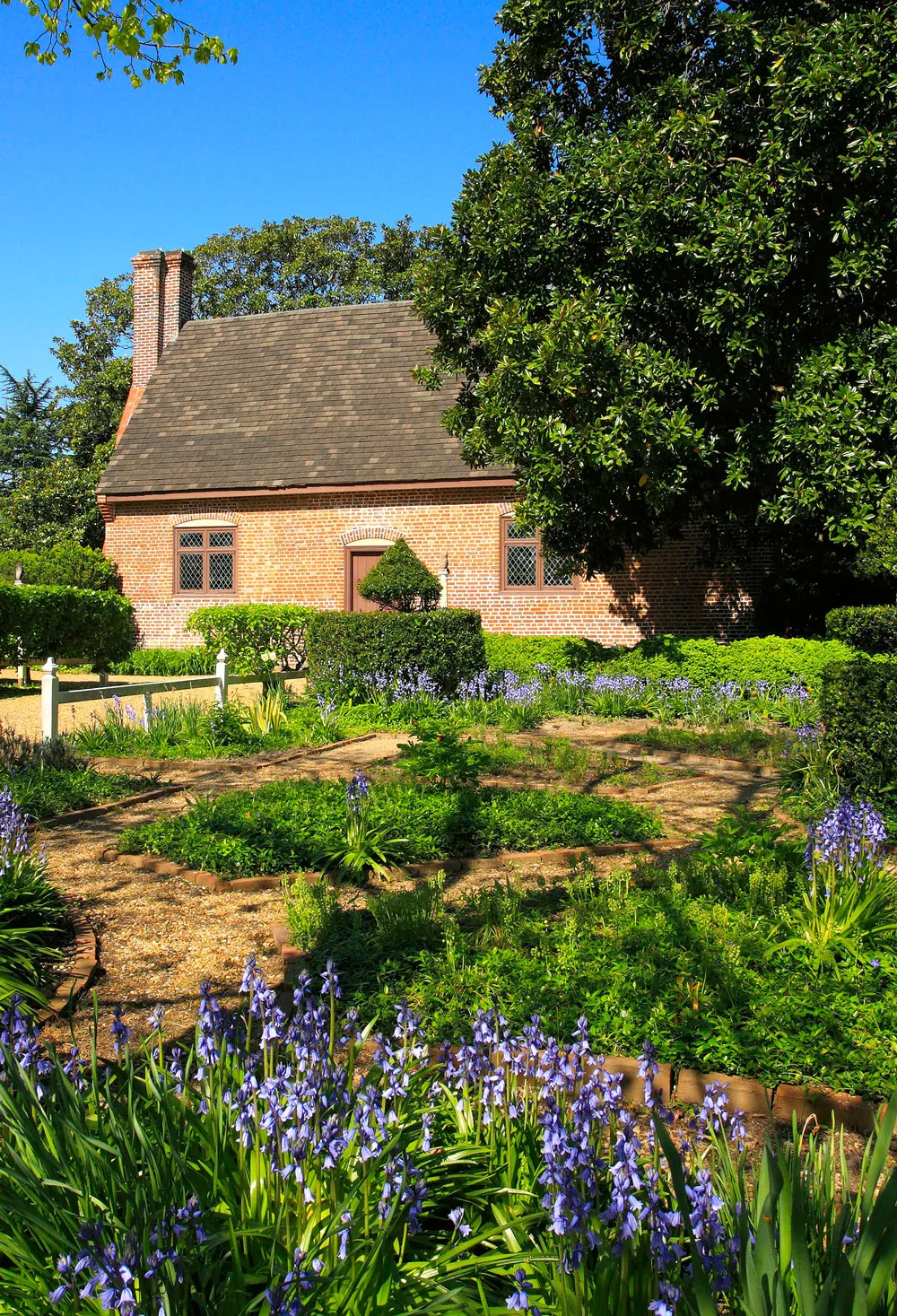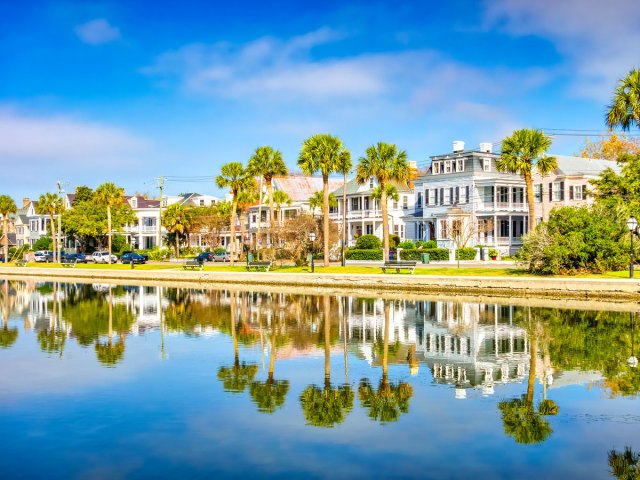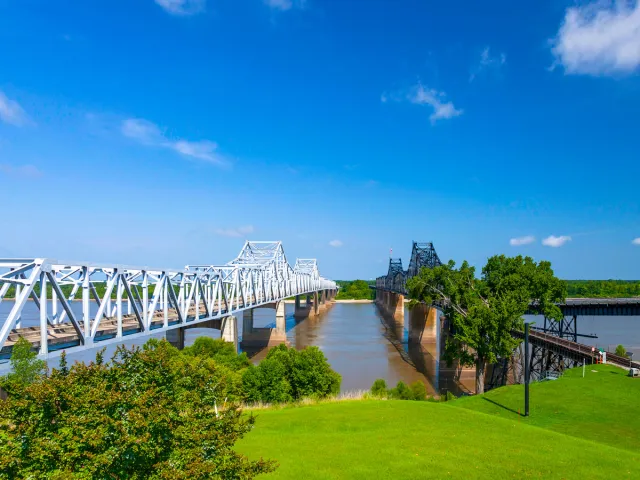For more than 100 years, cozy coastal hamlets and beachfront boardwalks from New England to the Carolinas have welcomed countless summer vacationers. When summer rolls around, these East Coast vacation spots are as treasured now as they were during the 19th and 20th centuries, offering some of the same familiar haunts and historic accommodations frequented by families and couples long ago. Here’s a glimpse into the histories behind 10 of the most iconic East Coast vacation destinations.
Cape May, New Jersey
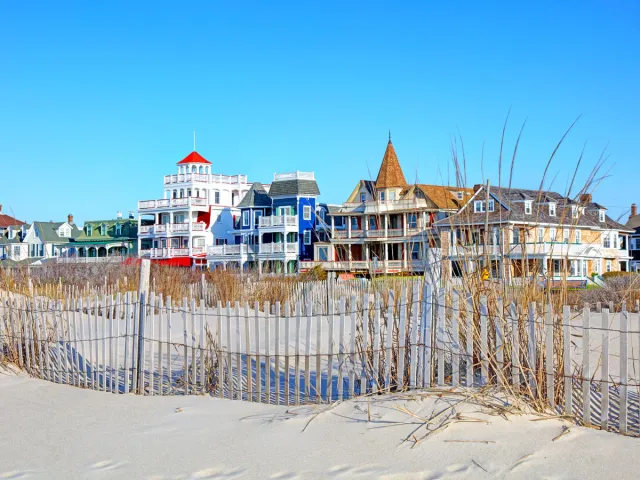
America’s first seaside resort destination was established in Cape May, New Jersey, in 1761. Attracting visitors by horse-drawn wagons, stagecoaches, and sailboats from the nearby cities of Philadelphia and New York, Cape May became popular for its stunning shoreline — especially during the Victorian era, when people began to promote the benefits of bathing in natural water.
In those days, members of high society — including former U.S. Presidents Franklin Pierce, Benjamin Harrison, James Buchanan, and Ulysses S. Grant — were frequent visitors to Cape May. (Harrison even called the seaside resort his “Summer White House.”) Lawn tennis and croquet were popular pastimes on the manicured grasses of the Victorian gingerbread homes painted in bright hues, many of which still stand today.
In 1976, the entire city of Cape May was designated a National Historic Landmark. Since then, there have been numerous efforts to restore the 19th-century architecture and bring back local festivals and traditions. For historic offerings in town, check out the John Hand Black and White House (dating back to 1690), the Washington Street Mall, Historic Cold Spring Village, the Cape May Lighthouse, the Cape May Historic District, and the Emlen Physick Estate. Guests at the historic Congress Hall hotel, welcoming guests since 1816, will also get a glimpse into the early history of America’s first seaside resort town.
Wrightsville Beach, North Carolina
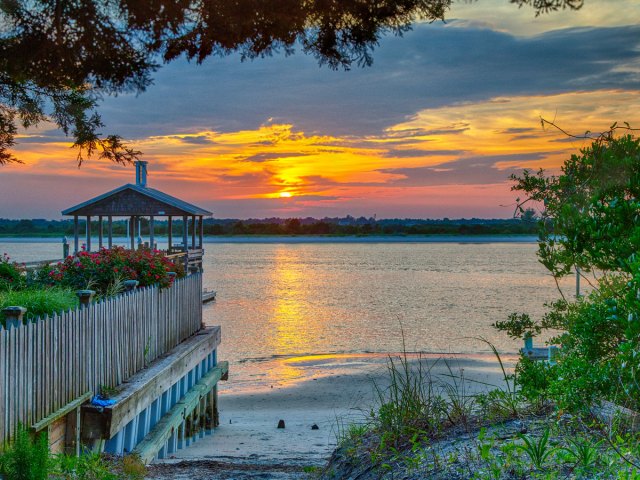
Hailed in 2014 as one of the “Last Best American Beach Towns” by National Geographic, Wrightsville Beach became a bustling summer retreat after the Ocean View Railroad (also known as the Sea View Railway) connected the city of Wilmington, North Carolina, to the seaside in 1887.
The coastal community, which was originally accessible only by boat, was also home to the Carolina Yacht Club founded in 1853 (the third-oldest yacht club in the nation) and became a pioneer for surfing on the East Coast. Its organized surfing activities date back to 1909, when resident Burke Haywood Bridgers introduced surfing to his friends after reading about the sport that was becoming popular in Hawaii. The iconic wooden Johnnie Mercers Fishing Pier and Crystal Pier were built in the 1930s, and by the 1940s, Wrightsville Beach became a premier beach vacation destination and surf spot.
Today, visitors interested in the history of the town can check out the Wrightsville Beach Museum of History to learn about the devastating fire and hurricanes that nearly wiped the town off the map, see several of the early cottages still standing on Lumina Avenue, visit the yacht club, dine at Oceanic at Crystal Pier (established in 1939) and King Neptune (established in 1947), and stay at the newly renovated, mid-century Trailborn Surf & Sound.
The Catskills, New York
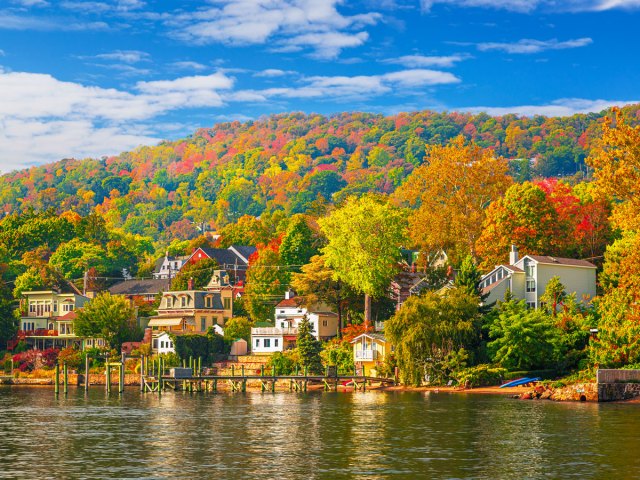
Known for the Catskill Forest Preserve, with its abundant network of hiking trails and stunning fall foliage, the Catskills Mountains have long been a treasured destination for New Yorkers. Originally inhabited by the Munsee and other Indigenous peoples, and later by Dutch settlers, the Catskills saw tourism take off in the 1820s.
After the Catskill Mountain House opened in 1824, artists and writers such as Thomas Cole and Washington Irving were drawn to the area to be inspired by the region’s natural beauty, fueling the Hudson River School art movement — a reflection of American identity and transcendentalist thinking. From the 1920s to the 1960s, the area became known as the Borscht Belt, as it was a popular destination for Jewish families leaving the summer heat in New York City for resorts such as Grossinger’s and Kutsher’s, which served kosher meals and offered religious services.
The rise of air and sea travel led to a decline in the Catskills’ resort industry by the 1980s, but there’s since been an attempt to revitalize tourism and promote the region’s artistic and cultural history. Visitors can check out the Thomas Cole National Historic Site, Borscht Belt Museum, Empire State Railway Museum, Reher Center for Immigration Culture and History, Historic Huguenot Street, Museum at Bethel Woods (about the legacy of the 1969 Woodstock festival), and Bronck House.
Guests can also stay at the historic Mohonk Mountain House, the Wylder Hotel Windham, and Kenoza Hall. For a taste of regional Jewish cuisine in the area, Country K serves kosher dairy, meat, and produce in summer, and Melour Resort also serves Jewish favorites.
Martha’s Vineyard, Massachusetts
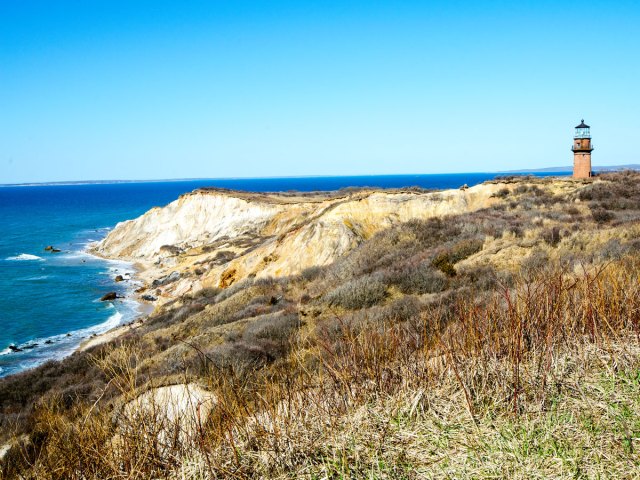
Just south of Cape Cod, the island of Martha’s Vineyard has long been touted as a summer playground for Boston’s elite — but the New England retreat didn’t always have an extravagant past. Today, the picturesque island paradise is dotted with lighthouses, farmsteads, and sandy stretches, but it was originally inhabited by the Indigenous Wampanoag peoples for thousands of years before it became a prominent port for whaling and fishing.
The whaling industry brought wealth to Martha’s Vineyard, particularly between 1820 and 1865, but the island later became a popular summer destination for Black travelers, especially in the town of Oak Bluffs during the Harlem Renaissance in the 1930s. Inkwell Beach in Oak Bluffs became a gathering place for Renaissance luminaries, while Shearer Cottage, established in 1912, was one of the first inns in the area to welcome African American guests. (You can still visit the cottage today.)
To learn more about the island and its early residents, check out the MV Museum, the Old Whaling Church, the Vincent House and Gardens, the Gay Head Lighthouse, Alley’s General Store, and Edgartown Harbor Light. And don’t forget to ride the Flying Horses Carousel, the oldest continuously operating platform carousel in the U.S., dating back to 1876.
Atlantic City, New Jersey
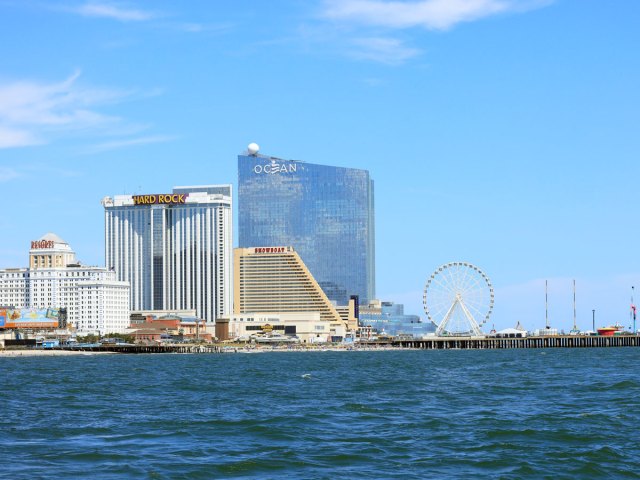
Famous for its casinos, glitzy high-rise hotels, and iconic boardwalk, Atlantic City is still the beating heart of the Jersey Shore. Originally advertised as a health resort in the 1850s, the town boomed in popularity by the early 1900s, when it welcomed upwards of a million visitors each year.
By the Roaring ’20s, the resort community was bustling with concessions, carnival rides, and candy shops selling the famous saltwater taffy (invented in Atlantic City). Entertainment also took center stage — the Miss America Pageant was founded there in 1921. The opening of the Garden State Parkway in 1954 made travel to the seaside resort town even easier.
Some of the most historic art deco properties still remain in the city today, such as the Claridge Hotel, the Ritz Condominiums (formerly the Ritz-Carlton Hotel), and the Liberty Hotel. Other remnants of Atlantic City’s Victorian and mid-century past include Steel Pier amusement park, Lucy the Elephant (a massive tin elephant constructed in nearby Margate City in 1882), the Warner Theatre, the Absecon Lighthouse, Jim Whelan Boardwalk Hall, and the Atlantic City Historical Museum.
The Hamptons, New York
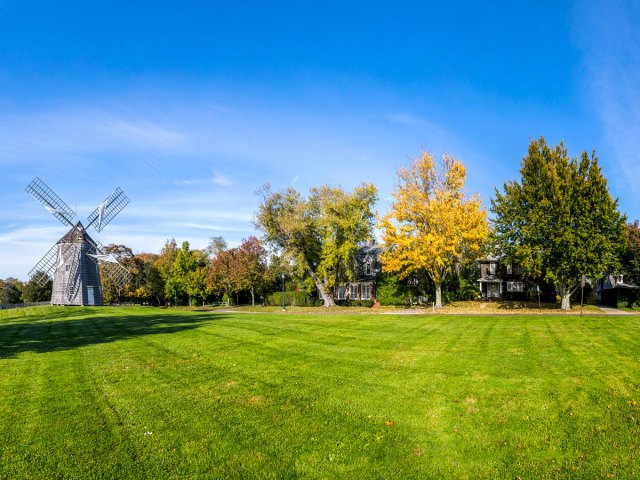
The Hamptons, located on eastern Long Island’s South Fork, has long been revered as a summer destination for affluent residents of the Big Apple. Indigenous Montauk and Shinnecock tribes first inhabited the area, and in 1640 the British settled in Southampton. For centuries, the settlement was primarily used for farming and fishing, but the extension of the Long Island Rail Road to the town of Sag Harbor in 1869 marked a new era of wealthy New Yorkers seeking salty breezes away from the bustling city in the summer.
This stretch of Long Island became a popular haven for wealthy business families such as the Vanderbilts and Carnegies during the Gilded Age, but it didn’t become a fashionable retreat for the cultural elite until around the 1970s and ’80s, when it began attracting artists and writers such as Jackson Pollock, Truman Capote, and John Steinbeck.
Today, the Hamptons are known for exclusive estates, pristine beaches, high-end shopping and dining, and historic attractions. Highlights include the Southampton History Museum, Montauk Point Lighthouse and Museum, Mulford Farm, Blue Hill Farm, the Home Sweet Home Museum, the 1770 House Restaurant and Inn, the Pollock-Krasner House, and Guild Hall.
Virginia Beach, Virginia
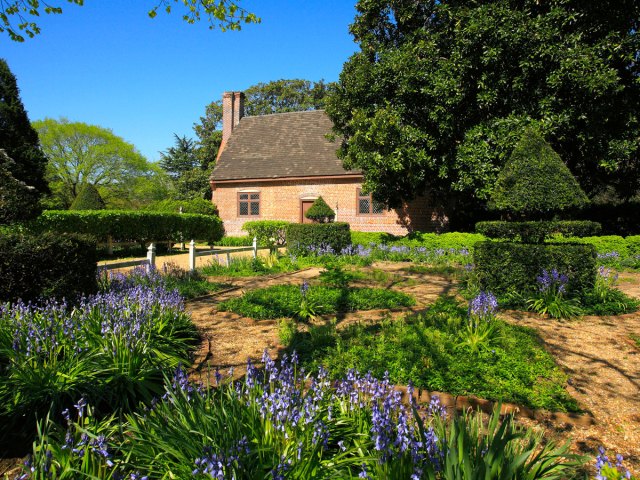
Positioned where the Chesapeake Bay meets the Atlantic, the coastal city of Virginia Beach is famous for its 3-mile boardwalk along the oceanfront and First Landing State Park, where British colonists arrived at Cape Henry in 1607. These were the same colonists who founded Jamestown, the first permanent English settlement in North America. Before the arrival of Europeans, the Indigenous Chesepian peoples lived in the area for millennia.
In the 1880s, tourists began to flock to the area after the construction of the Virginia Beach Railroad, the Princess Anne Hotel, and a wooden boardwalk. The iconic boardwalk became a hub for entertainment with the Peacock Ballroom, which hosted famous performers such as Duke Ellington and Cab Calloway. In the Roaring ’20s, the Cavalier Hotel became a landmark venue for big bands and hosted many presidents and celebrities.
You can still book a room at the swanky beach club today and take advantage of its private cabanas and award-winning distillery. Other historic offerings in Virginia Beach include the Thoroughgood House, Lynnhaven House, Cape Henry Lighthouse, De Witt Cottage, and Steinhilber’s Thalia Acres Inn, one of the oldest family-owned and operated restaurants in Virginia Beach.
Coney Island, New York
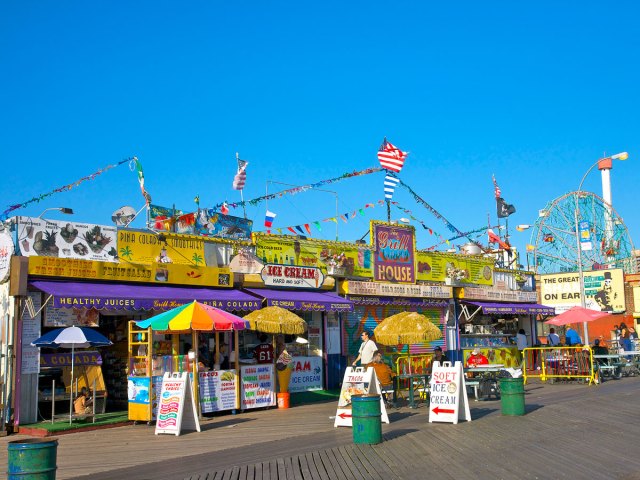
Coney Island has many claims to fame — its boardwalk, the kitschy amusement rides at Luna Park, its legendary hot dog stand, the Circus Sideshow, and its 150-foot-tall Ferris wheel. Located at the southern tip of Brooklyn near Brighton Beach, the area was initially home to the Coney Island House, a seaside resort established in 1829.
But it became a major resort destination after the Civil War, when streetcar lines reached the area for the first time, followed by the Iron Steamboat Company ferry to Manhattan in 1881. Coney Island’s three main luxury hotels — Corbin’s Manhattan Beach Resort, the Oriental Hotel, and Brighton Beach Hotel — were the place to be during that era, with evening fireworks and live music by bands including John Philip Sousa’s Sousa Band and Patrick Gilmore’s 22nd Regiment Band.
Three competing amusement parks (Steeplechase Park, Luna Park, and Dreamland) attracted even more beachgoers, and when the boardwalk and the Cyclone roller coaster opened in the 1920s, Coney Island reached its peak as a popular summertime destination just outside the Big Apple.
Many of the original rides ceased operation after World War II, but the Coney Island History Project is working to preserve and promote the area’s rich history, and Luna Park reopened to the public in 2010. Several historic landmarks remain, such as the Cyclone, Parachute Jump, Wonder Wheel, Amphitheatre, Riegelmann Boardwalk, Shore Theatre, and New York Aquarium. Visitors can learn more about Coney Island history at the Coney Island Museum.
Newport, Rhode Island
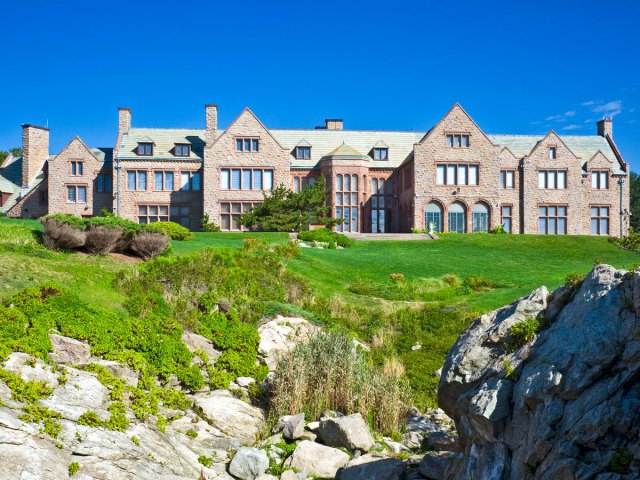
The historic harbor town of Newport has been attracting American vacationers since the Revolutionary War. During the Gilded Age, wealthy families such as the Vanderbilts and Astors built enormous, opulent summer residences along the seaside — the most famous of which is known as the Breakers. The Victorian-style Ocean House in Watch Hill was also a luxurious escape, perched high on the bluffs above the Atlantic, and lucky guests can still enjoy its signature suites today.
Newport became a top-tier yachting destination when the New York Yacht Club opened in 1844 and the America’s Cup sailing competition launched in 1851. Today, visitors to Newport can stroll along Cliff Walk to see the massive estates and check out other historical sites — including the Museum of Newport History, Château-sur-Mer, Redwood Library, Clarke Cooke House, shops and galleries along Thames Street, Marble House, White Horse Tavern, and the Elms residence.
The Adirondacks, New York
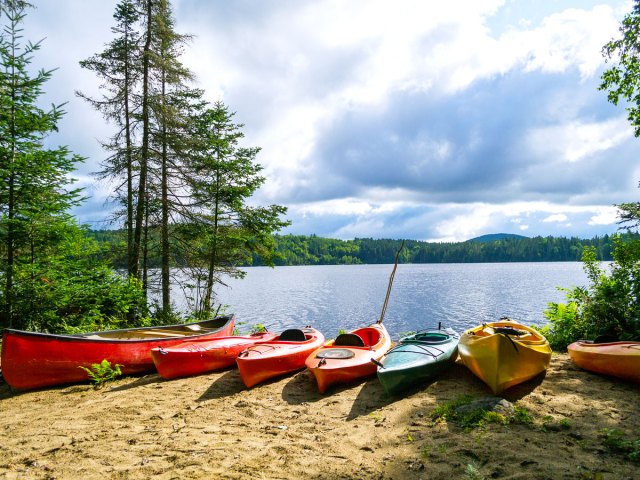
A historic getaway for New York City residents seeking a summer escape with cooler climates, the Adirondacks has been a buzzing camping (and glamping) destination for nearly two centuries. William H.H. Murray’s Adventures in the Wilderness: Or, Camp Life in the Adirondacks guidebook, first published in 1869, encouraged readers to explore the great outdoors, contributing to the region’s popularity.
By 1875, wealthy industrialists including the Vanderbilts, Carnegies, and Rockefellers built “Great Camps,” or private luxury estates for fishing, sporting, and hunting. Some people even consider Lake George, part of the Adirondacks, to be the birthplace of the American vacation; the word “vacation” was derived from the desire to “vacate” the city.
By 1892, tourism was so popular that Adirondack Park opened to mitigate deforestation and restrict its impact on water sources. Visitors can still visit some of the Great Camps today, including Great Camp Sagamore, Great Camp Santanoni, and White Pine Camp. You should also check out historic attractions such as the North Creek Depot Museum, the Hyde Collection, the Museum on Blue Mountain Lake, the Wild Center, and John Brown Farm State Historic Site.
More from our network
Daily Passport is part of Inbox Studio, which publishes content that uplifts, informs, and inspires.

